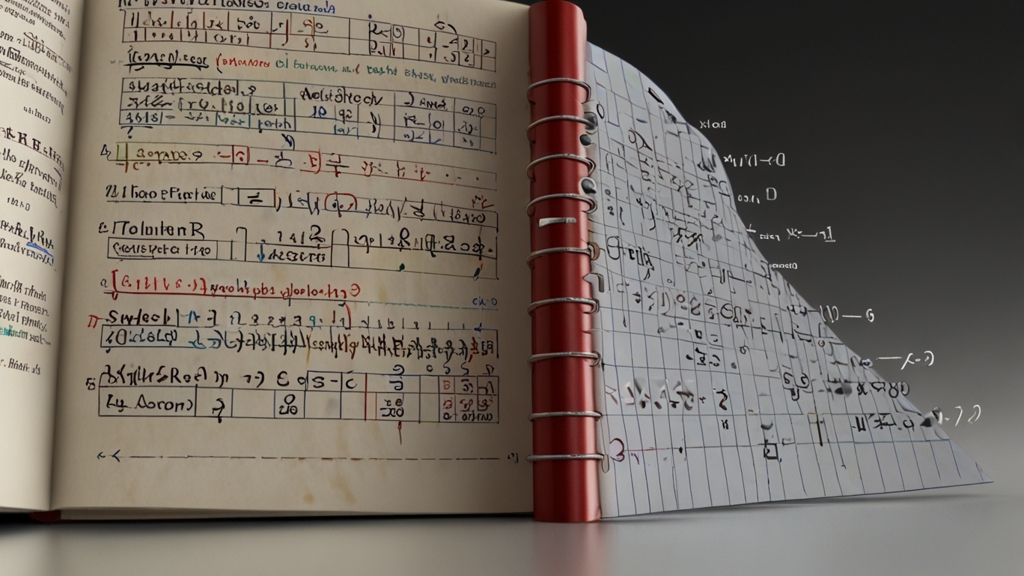The Geometry of Time: How Shapes Influence Our Lives
Time, an abstract yet omnipresent entity, governs our daily routines, aspirations, and even our perspective on existence. Through the lens of geometry—the study of shapes, sizes, and the properties of space—we can unravel the profound connections between time and the structures that shape our lives. This article delves into the intriguing relationship between the geometry of time and the tangible and intangible aspects of human experience.
The Circle of Time
A clock, arguably the most quintessential symbol of time, consists of a circular design that epitomizes the cyclical nature of life. The clock's hands perpetually revolve, signaling the hours of the day, the transition from sunrise to sunset, and the perpetual cycle of weeks, months, and years. This continuous loop reminds us of the rhythms and patterns that pervade nature and our existence.
“Time is a flat circle. Everything we have done or will do, we will do over and over and over again - forever.” - Rust Cohle, True Detective
In many cultures, the cycle of time is paramount. Festivities, agricultural practices, and even rituals follow a circular calendar, reinforcing the sense of continuity and renewal. The ancient Mayans, for instance, envisaged time as a series of cyclical periods known as baktuns, whereas the Indian concept of Kalachakra or "Wheel of Time" underscores the recurring nature of cosmic events.
The Spiral of Growth
While circles represent continuity and cycles, spirals embody growth, progress, and evolution. Unlike a circle, a spiral expands outward, signifying development and the accumulation of experience. From the nautilus shell to the galaxies, spirals are prevalent in nature, embodying the inherent drive for expansion and transformation.
In human life, the spiral often symbolizes personal growth and life's journey. Through education, work, relationships, and self-discovery, we evolve, moving outward and upward. Each phase builds upon the previous one, creating a cumulative path of becoming. The spiral staircase metaphorically represents how we ascend life's challenges, reaching new heights while viewing our past from a higher vantage point.
The Grid of Structure
Geometrically, grids represent order, structure, and logic. Civilizations have long used grids to design cities, organize space, and manage resources. The modern urban landscape, with its neatly planned streets and blocks, exemplifies how grids impose order onto the chaos of human life.
In the context of time management, grids symbolize schedules, calendars, and timelines. These tools help us allocate our most precious resource—time—efficiently and effectively. By segmenting time into manageable units, we create a structured framework to navigate our daily activities, ensuring productivity and balance.
“Time is a created thing. To say 'I don't have time,' is like saying, 'I don't want to.'” - Lao Tzu
The Triangle of Priorities
Triangles often represent stability and direction. The triangular pyramid of priorities, for instance, is a common tool used to organize tasks and goals, emphasizing the importance of focusing on what truly matters. The apex signifies our ultimate objectives, while the base comprises the foundational tasks that support our primary aims.
This geometric order is crucial for achieving long-term success and fulfillment. By identifying and focusing on our highest priorities, we can navigate the complex web of responsibilities and distractions, ensuring that our efforts align with our core values and aspirations.
The Fractal Nature of Time
Fractals, with their infinitely complex and self-similar patterns, offer a unique perspective on the geometry of time. They capture how small-scale patterns replicate at larger scales, mirroring the intricate tapestry of our lives. From the branching of trees to the network of rivers, fractals are a testament to nature's recursive beauty.
Similarly, human experiences often exhibit fractal qualities. Daily routines reflect overarching life patterns, and individual decisions influence broader life trajectories. Recognizing the fractal nature of time encourages a mindful approach to daily living, acknowledging that each moment is a microcosm of our entire existence.
Conclusion
The geometry of time, embodied in circles, spirals, grids, triangles, and fractals, offers profound insights into the complex interplay between shapes and life. These geometric concepts provide a framework to understand and navigate the intricacies of existence, helping us appreciate the cyclical, progressive, structured, prioritized, and recursive patterns that shape our journey through time. Embracing this geometric perspective can lead to a more coherent, purposeful, and enriched life.








